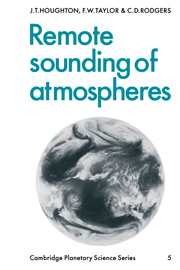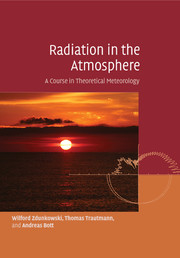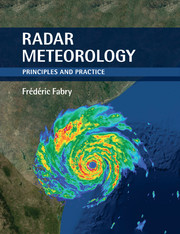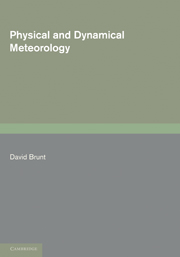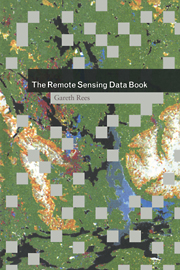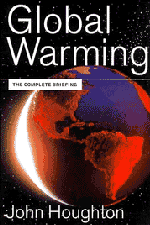Remote Sounding of Atmospheres
When this book was first published in 1984, the technique of remote sounding was growing rapidly in importance as a means for studying the structure, climate and weather of the atmospheres of the Earth and planets. Measurements from Earth satellites and interplanetary spacecraft proved particularly useful because they allowed good coverage of atmospheric systems in space and time, often with high resolution. This book describes how measurements can be made of the properties of the Earth and planets using this method. It includes descriptions of the scientific principles, technical implementation, mathematical methods for analysing the measurements, a history of measurements that have been made and discussions of the phenomena that have been discovered and studied using remote sounding. The technique is important for meteorology, climatology and an understanding of humankind's impact on the Earth's atmosphere.
Product details
March 1986Paperback
9780521310659
352 pages
228 × 152 × 19 mm
0.465kg
Available
Table of Contents
- Preface
- 1. Introduction
- 2. Platforms in space
- 3. Visible, infrared and microwave imaging
- 4. Radiation budget measurements
- 5. Principles of remote temperature sounding
- 6. Instruments for remote temperature sounding
- 7. Retrieval theory
- 8. Remote temperature sounding for weather forecasting
- 9. Stratospheric and mesospheric temperature measurements
- 10. Minor constituent abundance measurements
- 11. Cloud, aerosol and precipitation measurements
- 12. Density, pressure and wind measurement
- 13. Ionospheric measurements
- 14. Remote sounding of the atmospheres of Venus and Mercury
- 15. Remote sounding of the atmosphere of Mars
- 16. Remote sounding in the outer solar system
- 17. Further developments
- References
- Index and glossary.

